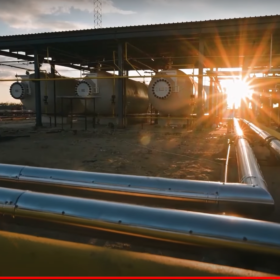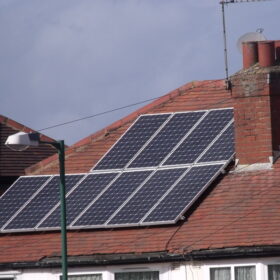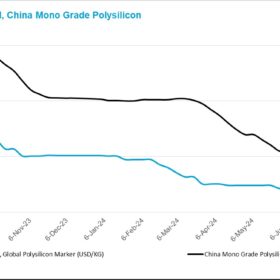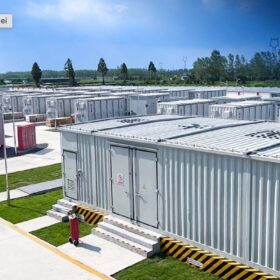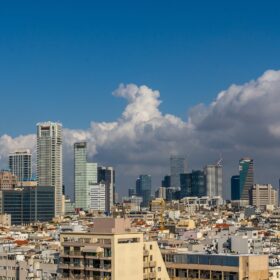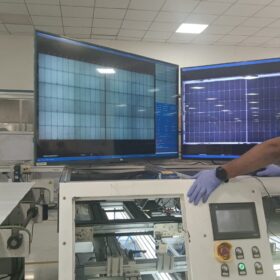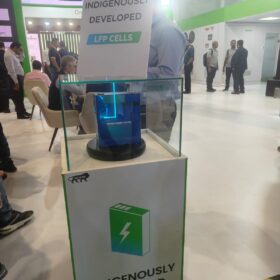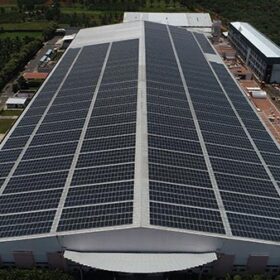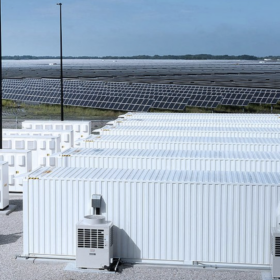Near $1 billion solar cell factory announced in New Mexico
Ebon Solar will invest $942 million in a solar cell manufacturing facility, bringing over 900 jobs.
World’s highways could host 52.3 billion solar panels, say researchers
Researchers from the Chinese Academy of Sciences, Tsinghua University, Chinese Academy of Geosciences, and Columbia University have concluded that solar-covered highways could meet more than 60% of the world’s annual energy needs.
The Hydrogen Stream: Clean ammonia supplies set to soar, says BNEF
BloombergNEF says clean ammonia supplies could expand by 30 times to 32 million tons by 2030, while MAX Power Mining has roughly tripled the size of its Rider Natural Hydrogen Project in western Canada.
Solar panels could raise value of houses by up to 7.1%
Using a range of machine-learning techniques, a group of scientists found that PV systems can significantly increase the value of a property in the United Kingdom. The analysis was based on property data from Zoopla, one of the leading providers of UK property listings, and price paid data sourced from the government’s Land Registry from 2012-2018.
Polysilicon prices stable, futures listing opens possibilities in China
In a new weekly update for pv magazine, OPIS, a Dow Jones company, provides a quick look at the main price trends in the global PV industry.
Sineng Electric launches world’s largest sodium-ion battery storage project
Sineng Electric’s 50 MW/100 MWh sodium-ion battery energy storage system (BESS) project in China’s Hubei province is the first phase of a larger plan that will eventually reach 100 MW/200 MWh. The initial capacity has already been connected to the grid and can power around 12,000 households for an entire day.
PV industry faces consolidation, says JinkoSolar
JinkoSolar has begun converting its production to n-type tunnel oxide passivated contact (TOPCon) products to stay competitive, says Frank Niendorf, the company’s general manager for Europe. He predicts that several market players in the value chain will exit the market soon.
Israel mandates rooftop solar on new big buildings, targets 3.5 GW by 2040
The Israeli authorities have introduced new regulations requiring rooftop PV on new large buildings, with plans to install 3.5 GW by 2040. The minimum production capacity has been set at 5 kW.
Sustainability: A non-negotiable reality for long-term business growth
By proactively embracing more sustainable practices and aligning themselves with global sustainability goals, companies can ensure their continued viability and contribute to a healthier planet. The journey towards sustainability may be complex and challenging, but it is an investment that will yield significant returns in the long run.
FRV reaches financial close on first Australia standalone battery project
Fotowatio Renewable Ventures Australia says it has begun construction on its first standalone battery energy storage system in the country after reaching financial close on the project.


